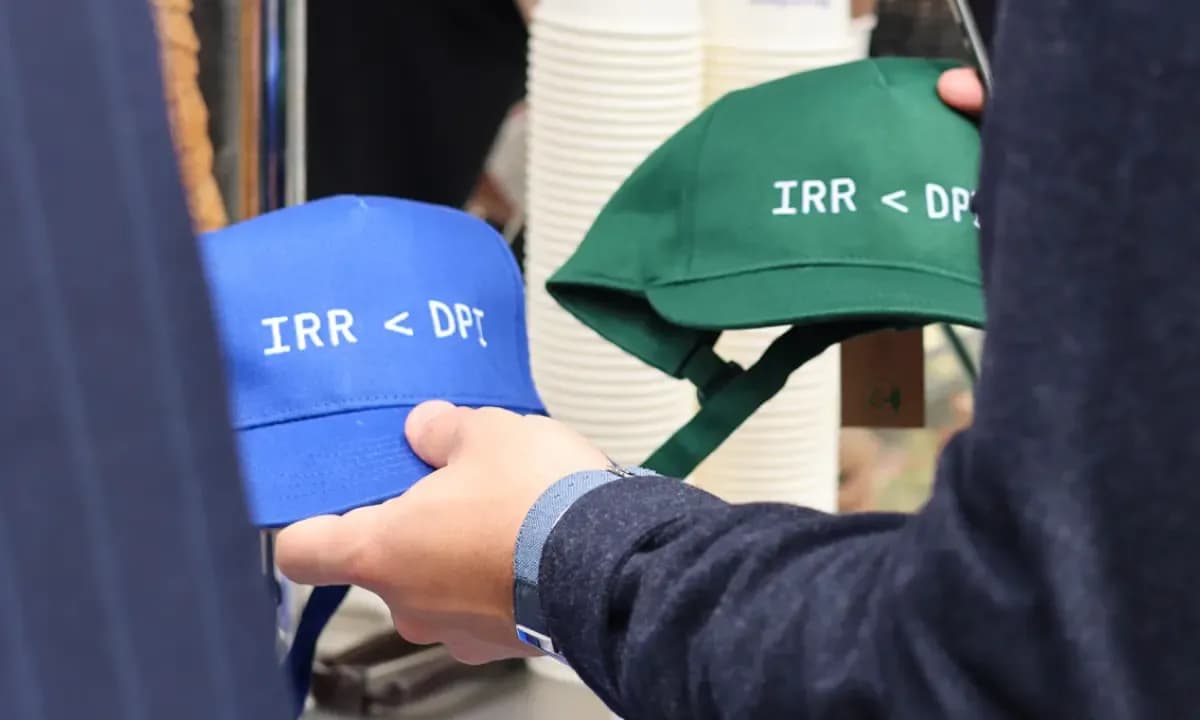
In June, thousands of dealmakers and fund investors gathered in Berlin for the SuperReturn, making it an excellent opportunity to gauge the industry’s prevailing sentiment. This year around, most conversations revolved around generating distributions in times when the M&A markets remain less accommodating.
Indeed, after a volatile period, marked by elevated interest rates, many limited partners (LPs) have started seeking additional liquidity to manage portfolios and risks more efficiently.
Some have also shown unease with the actual values of their unrealized positions, which can make up a substantial portion of fund performance. There is a staggering $3.2 trillion in unrealized buyout portfolios alone, according to Bain & Company’s estimates¹, as divestment pace slowed down — the median holding period for PE-backed companies sold in 2023 was 6.4 years, marking the first time since 2015 this figure has exceeded six years.²
Not entirely satisfied with paper gains only, investors increasingly want to see actual distributions to evaluate investment performance before redeploying capital into new opportunities.³ These shifting preferences are reflected in the rise of secondaries⁴, for example, which offer shorter holding periods and can return money to investors quicker than primary investments, in turn enabling a more flexible portfolio management.
All eyes on DPI
In this new environment, investors have started assessing fund performance differently. The Distributed to Paid-In Capital (DPI) metric has become much more significant since it measures the "real" cash returns in relation to the amount of invested capital.
This contrasts with the Internal Rate of Return (IRR), another widely used profitability metric that includes "paper" profits or the estimated value of investments that have not yet been sold or exited.

How are GPs responding
This raises a critical question: what are private equity managers doing to address the liquidity conundrum? I’d like to highlight three trends that many at SuperReturn also believed could help ease the slowdown in the distribution pace:
GP-led transactions: continuation fund volume has increased over the past years, allowing General Partners (GPs) to distribute capital to LPs willing to cash out, while maintaining ongoing exposure to high quality assets that can generate additional value. Continuation vehicles have proven one of the most effective ways to generate liquidity in a challenged exit environment.⁵
Structured liquidity solutions: GPs have also explored and developed structured products like tender offers and NAV-based lending to provide liquidity. NAV lending, for example, involves borrowing against the underlying assets in a portfolio, based on their net asset value. The market for these loans is still relatively small but it’s expected to expand quickly.⁶
Rise of secondaries managers: given the large pool of opportunities in the markets, there has been a rise in secondaries players that can take advantage of LP’s need for liquidity to source and execute high-quality transactions at attractive terms. This year could end up being record-setting as LPs increasingly seek to release capital.⁷ We recently published a comprehensive report on these investments, find it here.
Bottom line
Private equity sponsors are clearly becoming more thoughtful regarding how they meet the demand for actual cash returns. This is a good thing — it means the industry remains flexible as it seeks ways to continue providing tangible value to investors.

¹ https://www.bain.com/insights/private-equity-outlook-liquidity-imperative-global-private-equity-report-2024/ ² https://pitchbook.com/news/articles/private-equity-market-trend-predictions-2024 ³ https://www.buyoutsinsider.com/lps-look-for-liquidity-policies-and-other-signs-of-exit-activity/ ⁴ https://www.jefferies.com/wp-content/uploads/sites/4/2024/01/Jefferies-Global-Secondary-Market-Review-January-2024.pdf ⁵ https://files.pitchbook.com/website/files/pdf/Q1_2024_US_PE_Breakdown.pdf ⁶ https://www.businesswire.com/news/home/20230228005134/en/NAV-Facilities-Gain-Momentum-Among-Alternatives-Funds ⁷ https://www.jefferies.com/wp-content/uploads/sites/4/2024/01/Jefferies-Global-Secondary-Market-Review-January-2024.pdf

![[WhitePaper] Private equity secondaries in 2024](/cdn-cgi/image/width=1256,quality=75,format=auto/https://publiccdn-production.moonfare.com/strapi/production/mw_ctas_3caa161950_533cb50945.jpg)


